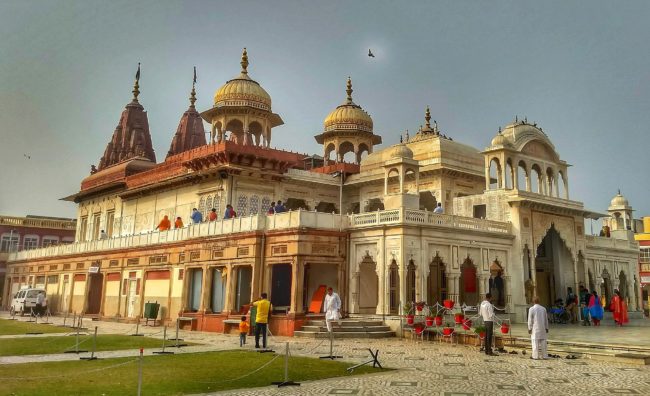WEDNESDAY, APRIL 17: Today, Jains greet one of the most significant days of their calendar year: Mahavir Jayanti, the birth anniversary of the final and most important Tirthankar, Mahavira.
In the Jain faith, each cycle of time—according to the laws of nature—gives birth to 24 Tirthankars, or souls that have attained ultimate purity and possess divine power. These Tirthankars were fully human, but achieved enlightenment through meditation and self-realization.
On Mahavir Jayanti, Jains visit colorfully decorated temples, perform religious rituals and prayer and ceremonially bathe statues of Mahavira. As Jainism focuses heavily on meditation and the path of virtue, many Jains spend this day contemplating and then living out the virtuous path, by performing acts of charity.
MAHAVIRA & JAINISM TODAY
According to texts, Mahavira was born the son of King Siddhartha and Queen Trishala, in 599 BCE. While pregnant with Mahavira, Queen Trishala had a series of dreams about her unborn child—dreams that, astrologers revealed, meant that she would give birth to either an emperor or a Tirthankar.
From an early age, Mahavira was interested in Jainism and meditation. By age 30, he was an ascetic who spent more than 10 years seeking spiritual truth. From that point and until his death, Mahavira preached on non-violence and righteousness. He spoke of karma, and of the cycles of life and death.
Historically, Mahavira laid the foundation for the religion that is now Jainism.
